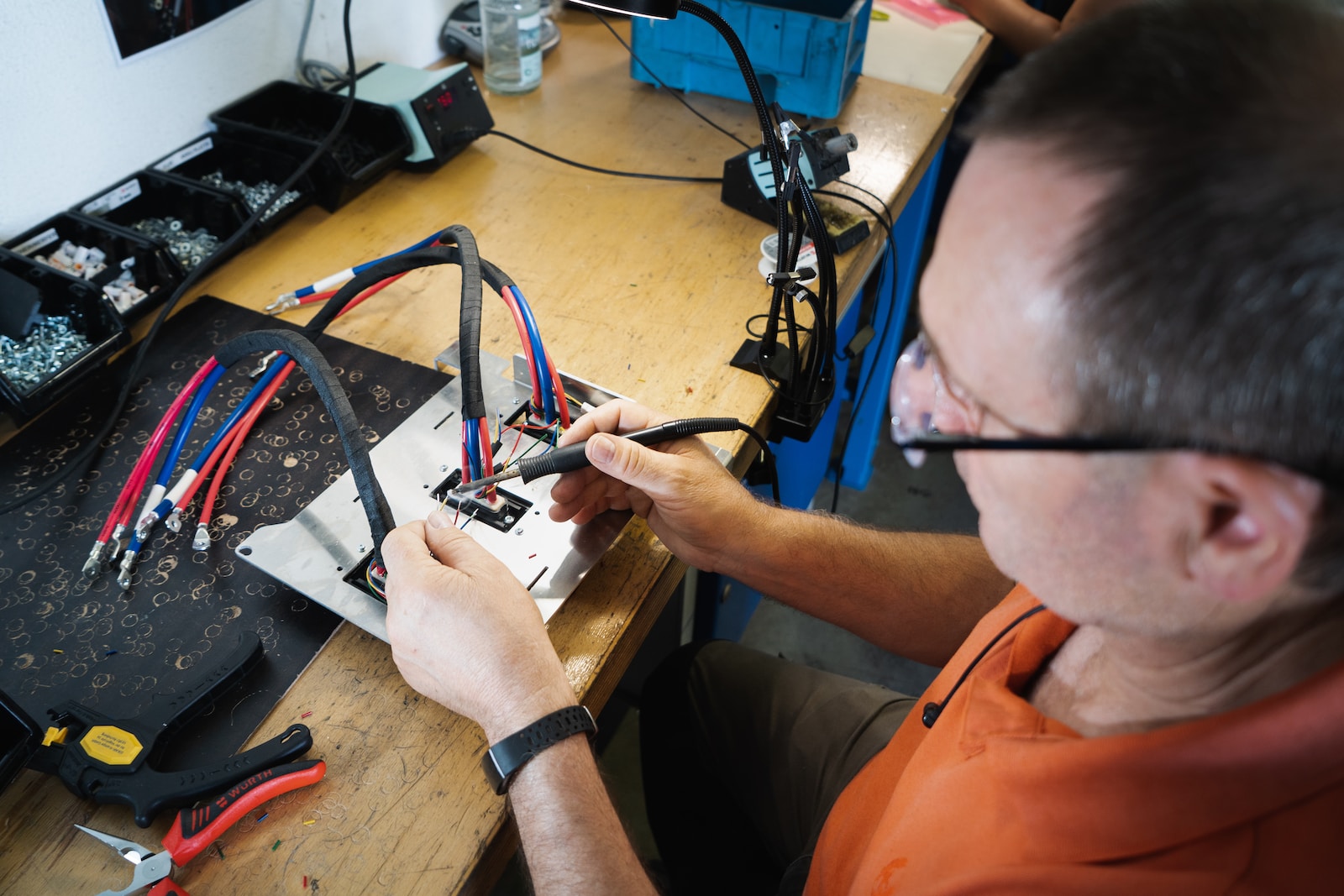Key Takeaway: When connecting two 200-watt solar panels in series, it is important to select the appropriate wire size to minimize voltage drop and ensure efficient power transmission. The distance between the panels and the charge controller also plays a role in determining the wire gauge.
When solar panels are connected in series, the positive terminal of one panel is connected to the negative terminal of the next panel. This configuration increases the total voltage output of the system, while the current remains constant.
The Importance of Wire Size Selection
Choosing the correct wire size is crucial for efficient power transmission and minimizing voltage drop. Voltage drop occurs when there is a decrease in voltage along the length of the wire due to its resistance. This can result in a loss of power and reduced performance of your solar panel system.
To select the appropriate wire size, two main factors need to be considered: voltage drop and current capacity.
Calculating Voltage and Current Requirements
To determine the voltage and current requirements for connecting two 200-watt solar panels in series, you’ll need to consider the specifications of the panels. Typically, solar panels have a rated voltage and current output.
Assuming each 200-watt solar panel has a rated voltage of 24 volts, and you are connecting them in series, the total voltage requirement would be:
Total Voltage = Rated Voltage of One Panel × Number of Panels
Total Voltage = 24 V × 2 = 48 V
Since the current remains constant in a series circuit, the current requirement would be the same as that of a single panel.
Wire Gauge Selection
Now that we know the voltage and current requirements, we can determine the appropriate wire gauge. The wire gauge refers to the thickness of the wire and is measured in American Wire Gauge (AWG).
To select the right wire gauge, we need to consider the distance between the solar panels and the charge controller. Longer distances result in higher resistance, which can lead to increased voltage drop.
To minimize voltage drop, it is recommended to use a wire gauge that can handle the current without significant resistance. The National Electrical Code (NEC) provides guidelines for wire gauge selection based on current capacity and distance.
Let’s assume the distance between the solar panels and the charge controller is 15 meters (approximately 49 feet). Using the NEC guidelines, we can find the appropriate wire gauge.
For a 48-volt system, with a maximum current of 10 amps and a distance of 49 feet, a 10 AWG wire would be suitable. This wire gauge can handle the current without excessive resistance, ensuring efficient power transmission.
Wire Installation
Once you have determined the appropriate wire gauge, it’s time to install and connect the wires between the solar panels and the charge controller. Here’s a step-by-step guide to help you with the installation process:
- Start by measuring and cutting the required length of wire for each connection.
- Strip about 1/2 inch of insulation from the ends of the wires using wire strippers.
- Connect the positive terminal of one solar panel to the negative terminal of the other panel using the appropriate wire connectors.
- Connect one end of the wire from the positive terminal of the first solar panel to the positive terminal of the charge controller.
- Connect one end of the wire from the negative terminal of the second solar panel to the negative terminal of the charge controller.
- Secure all the wire connections using appropriate connectors and ensure they are tight and free from any loose strands.
- Finally, carefully route and secure the wires, making sure they are protected from any potential damage.
Remember to follow all safety precautions during the installation process, such as wearing appropriate protective gear and turning off the power supply when necessary.
Frequently Asked Questions (FAQs)
Q: Can I use a smaller wire gauge for a shorter distance?
A: For shorter distances, the voltage drop is typically negligible, and a slightly smaller wire gauge may be acceptable. However, it is always recommended to consult the NEC guidelines and consider safety factors when selecting the wire gauge.
Q: What if my solar panels have different wattages? Can I still connect them in series?
A: It is generally recommended to connect solar panels with similar wattages in series to ensure optimal performance. If you have panels with different wattages, it’s best to consult with a professional to determine the appropriate wiring configuration.
In Conclusion
When connecting two 200-watt solar panels in series, selecting the right wire size is essential for efficient power transmission and minimizing voltage drop. By considering the voltage and current requirements, as well as the distance between the panels and the charge controller, you can determine the appropriate wire gauge. Remember to follow the installation steps carefully and prioritize safety throughout the process. Enjoy the benefits of your well-wired solar panel system!
Note: This article provides general guidance and should not replace professional advice. Consult with a qualified electrician or solar panel installer for personalized recommendations tailored to your specific setup.



